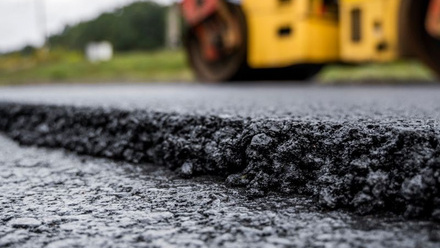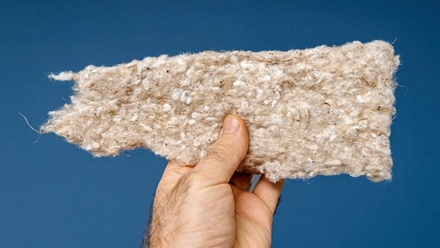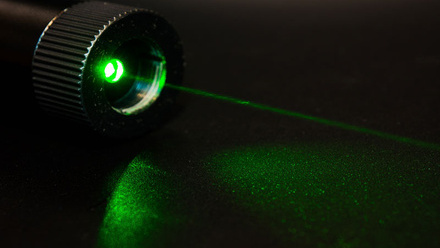Physical recycling of body armour
Uplift360 claims to have created a low-energy method of recycling body armour fibres.

Their process turns waste para-aramid fibres into a liquid, which can be spun back into a high-performance material.
According to the Defence and Security Accelerator that funded the innovation, body armour has a shelf-life of around five years because the para-aramid fibres (such as Kevlar® and Twaron) naturally break down.
The Accelerator says that body armour is normally incinerated resulting in the loss of the valuable fibres which are estimated at 85 times more expensive than steel. These fibres are also used in aeroplanes, land vehicles, uniforms and helmets. New body armour costs up to £3,000 per unit.
The start-up, founded by a veteran and a military spouse, says their method recycles the fibres while preserving their original strength, using recyclable solvents that are 'environmentally friendly'. A wet-spinning approach passes the aramid material through a syringe into a bath of the solvents while a rotating device re-spins the fibres back to structural uniformity.
The UK Ministry of Defence Climate Change and Sustainability Strategy, launched in March 2021, has a requirement to build-in circular economy principles for defence.







